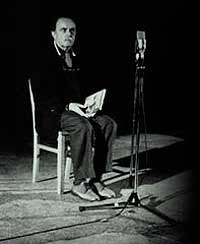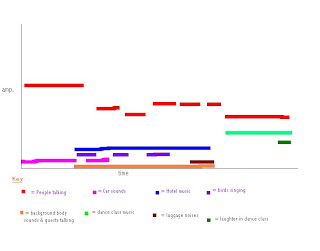

My first commercial is rather funny, I'm just going to say that. Oh, and very sexist on males' account, but i still thought it was funny.It uses a very simple, but effective way of advertising milk.
Its a pretty simple commercial, with only a few different sounds in it. These are:
> 00:00 - 00:30 = Background music (pretty funky) playing throughout the whole commercial.
> 00:17 - 00:22 = man's deep voice talking
> 00:27 - 00:28 = mans calling out to wife
> 00:29 - 00:30 = "got milk?"
I like how it is very simple, but very effective. No fancy graphics or sound effects are used. They also seem to use one fact as their basis, using humour to work on it.
Here is the link:
http://www.youtube.com/watch?v=fnVJ-cOrZsI


This next add is from a company called 'Antena',which is advertising an antiboredom campaign.
Also a very funny commercial, although a bit more witty.
Here are the main components:
> 00:00 - 00:05 = birds singing in the countryside
> 00:05 - 00:06 = car drving close past camera
> 00:06 - 00:40 = background noise of car motor
> 00:08 - 00:40 = music playing
> 00:31 - 00:35 = car screeching off road
> 00:32 - 00:40 = Woman laughing
Visually this add was better quality than the first one, although it gave a much more 'old school' feel, especialy with what the oldies were wearing!
Here is the link:
http://www.youtube.com/watch?v=dye_ibjPY0g
References:
> Haines, Christian, Audio Arts Week 4 Tutorial, "Sound Scene", University of Adelaide,16th August, 2007.
> http://www.youtube.com/watch?v=dye_ibjPY0g, YouTube.com, "Funny Commercial 4", Viewed August, 2007.
> http://www.youtube.com/watch?v=fnVJ-cOrZsI, YouTube.com, "Best Milk Commercial Yet", viewed August, 2007.













